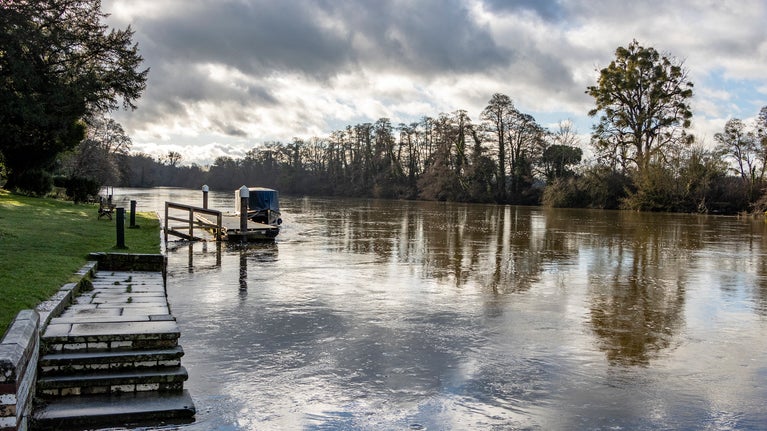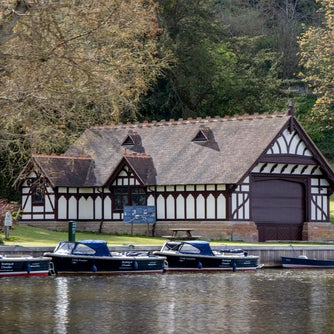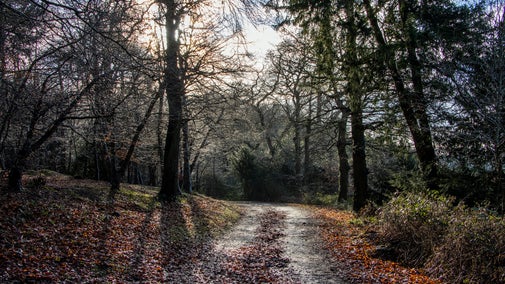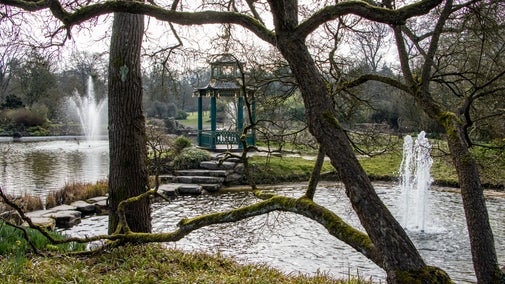
Discover more at Cliveden
Find out when Cliveden is open, how to get here, the things to see and do and more.

The 2025 boating season has now concluded. Please check back in April 2026 for details of the upcoming season’s dates and prices. Discover more about Cliveden’s long association with boating on the River Thames, including its connections to The Wind in the Willows and how you can hire a boat to experience this timeless pastime for yourself. ‘Boating at Cliveden’ operates daily from April to October, subject to river and weather conditions.
‘Boating at Cliveden’ is a boating service, running daily between April to October, subject to river and weather conditions. To reduce pollution, the fleet is fully electric with skippered cruises and self-hire vessels including electric motorboats, Canadian canoes, rowing boats and a pedal boat.
Boating on the Thames was a late Victorian and Edwardian craze in most social classes. One of the prettiest stretches of the river, Cliveden Reach had the heaviest traffic of any up-river lock, and on one single day in 1894, a record 129 launches and nearly 1000 smaller craft passed through it.
By 1939, the river-loving Astors owned a varied collection of river craft including skiffs, canoes, (both rowing and Canadian) punts, whiffs, a dinghy and an electric canoe.
In 1908 the river was brought to life in Kenneth Grahame’s well-loved children’s classic, The Wind in the Willows. A regular visitor to Cliveden, it is believed Grahame was inspired to write the book by spending time on Cliveden Reach. Why not ‘mess about in boats’ like Ratty and Mole on your own boating adventure?
Please visit our third-party operator's Boating at Cliveden website for full details.

History and Restoration of Nancy Astor's electric canoe 'Liddesdale' at Cliveden
The shuttle bus service is run by volunteers and is not guaranteed. If you have accessibility requirements, please contact the boating team in advance of your booking. Access to The Boathouse is a 20–30-minute walk from the main car park via Yew Tree Steps or Spring Drive.
From the walled garden, walk towards the house and turn right before the forecourts. Walk alongside the Parterre to Yew Tree Steps to head down to the river. All boating starts from the Boathouse. Alternatively, for a step-free route, please use Spring Drive. A map will be sent through on your boat booking confirmation and can also be viewed here.
Boating at Cliveden and National Trust River Custodians regularly patrol the river along Cliveden Estate. Boating at Cliveden staff and National Trust River Custodians have been appointed by National Trust to collect the mooring fees for Cliveden Estate.


Find out when Cliveden is open, how to get here, the things to see and do and more.
Discover majestic trees, tranquil glades and far-reaching views as well as some unusual features in Cliveden’s woodlands, including a flint grotto and part of a giant sequoia tree.

Follow in the footsteps of dukes, earls, kings and queens as you stroll through a series of impressive spaces at Cliveden this winter, each with its own special charm.

Take a guided tour of Cliveden house – now a luxury hotel – and visit the chapel, final resting place of three generations of Astor family.

If you’re looking to get the whole family outside this winter look no further.

Searching for a new outdoor activity to try? Discover the best places in our care for outdoor activities, including off-road cycle tracks, walking trails and coastlines for watersports.
